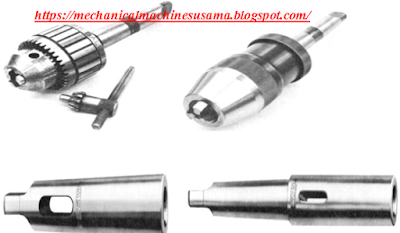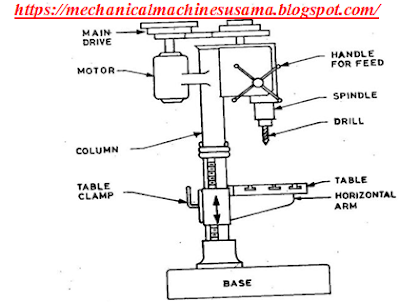Categories of Cutting Fluids in Machining

Practically all cutt ing fluids presently in use fall into one of four categories: Straight oils Soluble oils Semisynthetic fluids Synthetic fluids S traight oils are non-emulsifiable and are used in machining operations in an undiluted form. They are composed of a base mineral or petroleum oil and often contains polar lubricants such as fats, vegetable oils and esters as well as extreme pressure additives such as Chlorine, Sulphur and Phosphorus. Straight oils provide the best lubrication and the poorest cooling characteristics among cutting fluids. S ynthetic Fluids contain no petroleum or mineral oil base and instead are formulated from alkaline inorganic and organic compounds along with additives for corrosion inhibition. They are generally used in a diluted form (usual concent ration = 3 to 10%). Synthetic fluids often provide the best cooling performance among all cutting fluids. S oluble Oil Fluids form an emulsion when mixed with water. The concentrate con...











